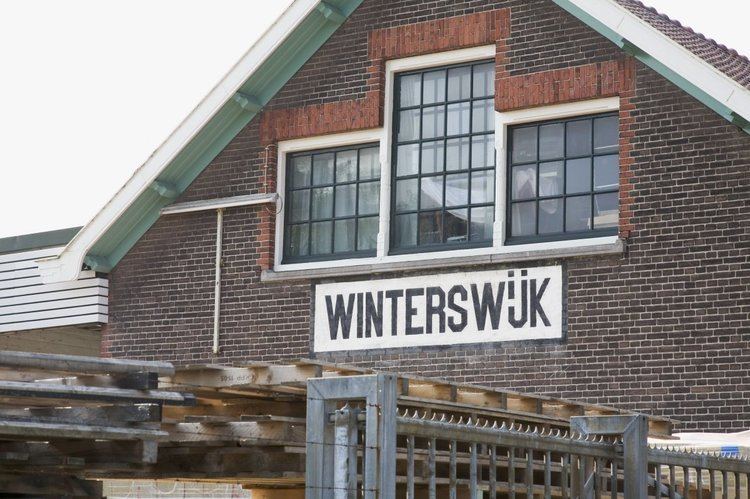Industry Railways Defunct 1928 (1928) | Founder Jan Willink | |
 | ||
Former type Maatschappij (Group practice) Founded | ||
The Geldersch-Overijsselsche Lokaalspoorweg-Maatschappij or GOLS for short, was a railway company that owned and serviced several railways in the Dutch provinces of Gelderland and Overijssel. The company was created by Jan Willink, a textile producer from Winterswijk, who created the Borken - Winterswijk - Zutphen railway as early as 1878.
Contents
Creation
On August 9, 1878, the Dutch local railway law was enacted, which allowed for the creation of cheaper railway networks throughout the Netherlands. The law allowed for easier regulation of local railways. Aside from that, staffed signal boxes were no longer a requirement, but that did require the maximum speed to be limited to 30 km/h.
The twenty textile producers required a railway between Winterswijk, Groenlo, Eibergen, Neede, Haaksbergen, and Hengelo / Enschede. Amongst them, a committee was created that made sure a railway to Enschede would be created. Even though these producers were competitors, the members of the committee did work together fine. This railway had to create a connection to the Ruhr. The line joined to two already existing lines servicing Germany in Winterswijk.
On June 18, 1881, Jan Willink created the LOGS, which would service two main lines and two branches:
The lines Winterswijk-Hengelo and Ruurlo-Neede were opened on October 15, 1884. The line between Winterswijk and Zevenaar, opened on July 15 of the next year, but it quickly lost interest amongst the textile producers. On December 7 of that same year, a connection between Boekelo and Enschede was created, making the total length of the GOLS-network 131 kilometers.
Exploitation
The servicing of trains was outsourced to the Staatsspoorwegen (SS). These ran services on the newly opened Betuwelijn between Elst and Rotterdam and had the possibility to connect it to the GOLS-network, creating a valuable connection between Rotterdam and Enschede. Willink arranged a deal with the Staatsspoorwegen in 1882, which immediately purchased five new steam trains, which ended up being a mistake as the Dutch government thought the SS would get too much market share on railroads. Instead, the exploitation of the GOLS lines was outsourced to the Hollandsche IJzeren Spoorweg-Maatschappij. The Staatsspoorwegen did not approve of this measure, and banned the GOLS from using its network, leading to the creation of new GOLS stations in Zevenaar and Winterswijk.
The end of GOLS
The Hollandsche IJzeren Spoorweg-Maatschappij (HSM) had plans to purchase the GOLS as soon as 1893, but never succeeded. In 1920, the HSM had gotten approval from the Dutch government to purchase the Eschede - Oldenzaal line. The GOLS ended in 1928, eight years later, as two years prior, the first line of Twente, the Almelo - Salzbergen line, was taken over by the HSM, which ended in two railroad companies having a shared monopoly over Twente railroads. Competition decreased further and this ended up with a fusing of both companies into the Nederlandse Spoorwegen.
Railroads were closed when they did not bring in enough profit, and so did the GOLS line Winterswijk - Enschede/Hengelo in 1935. Cargo transport between Haaksbergen and Enschede was continued until 1972 after which the Museum Buurtspoorweg (MBS) took over the line. Ever since 1974, the MBS has been using the line between Haaksbergen and Boekelo.
The only other former GOLS line still in use today is the line Winterswijk - Doetinchem - Zevenaar, nowadays used by Arriva and Breng.
